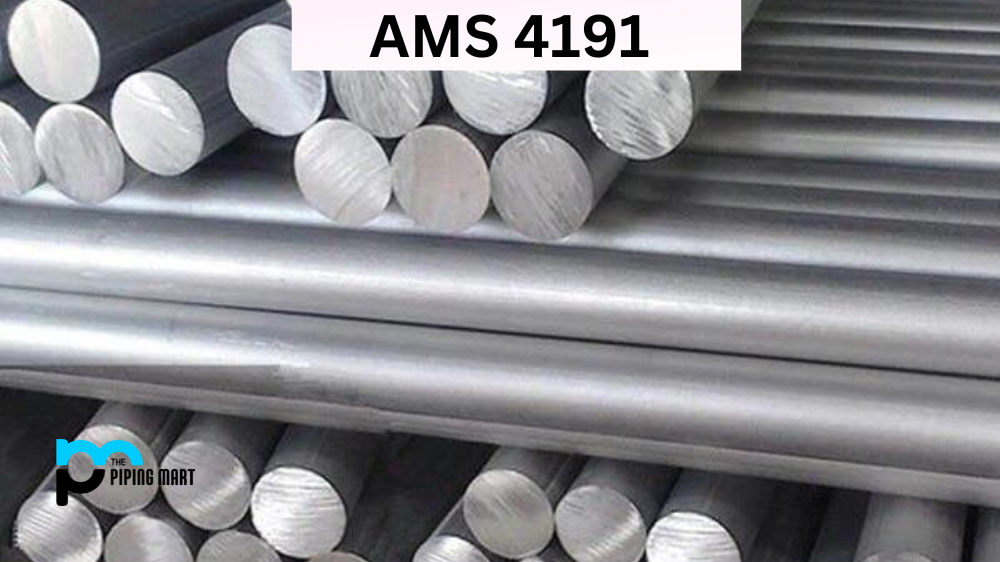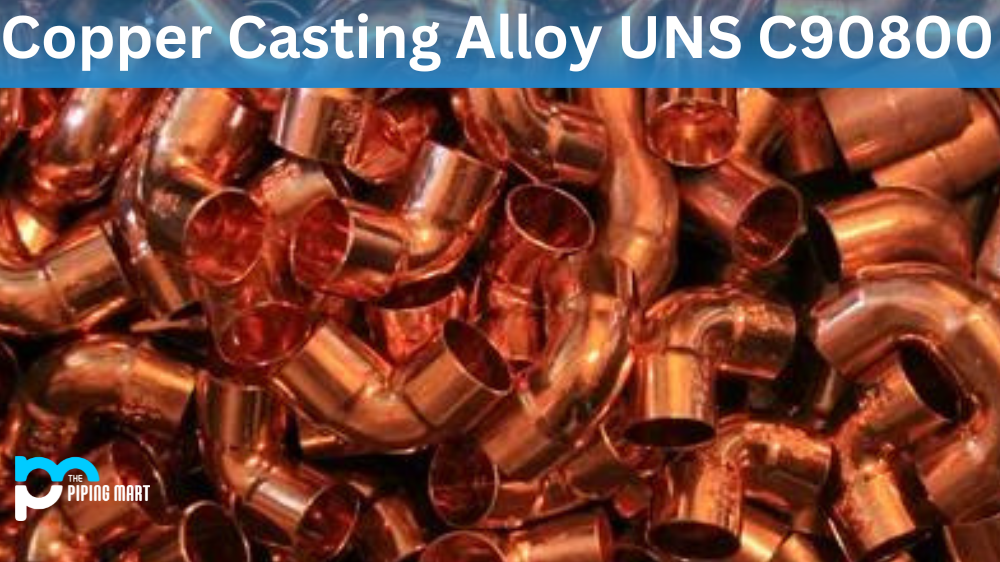Are you looking for high-quality, corrosion-resistant steel? If so, then you should consider using 204L stainless steel. This type of steel is popular in many industries due to its excellent chemical and physical properties. In this blog post, we’ll discuss the composition, properties, uses, corrosion resistance, heat resistance, heat treatment, machining and welding of 204L stainless steel.
Composition
204L ss is an austenitic chromium-nickel alloy containing 8% nickel and 18% chromium. It also contains manganese and nitrogen, which increases its strength and makes it more resistant to corrosion. It has excellent weldability due to its low carbon content and is often used in food processing applications because of its nonmagnetic properties.
| Chemical Element | % Present |
|---|---|
| Chromium (Cr) | 16.00 – 18.00 |
| Manganese (Mn) | 6.80 – 8.50 |
| Nickel (Ni) | 2.00 – 5.00 |
| Nitrogen (N) | 0.0 – 0.25 |
| Iron (Fe) | Balance |
Chemical Properties
204L ss offers unique chemical properties that make it an ideal option for many applications. Its lead-free composition gives it exceptional corrosion resistance to dilute sulfuric acid and other chloride-bearing environments, while its chromium content gives it good oxidation resistance. It offers a combined carbon maximum of 0.030%, which plays a major role in stress corrosion cracking prevention. This stainless steel’s low carbon content also makes it immune to nickel depletion when welding with 308 grades, improving long-term service performance and having little or no need for post-weld annealing treatments. Not only is 204L stainless steel highly durable, but its high hardness also makes it easy to manipulate and fabricate as well.
Mechanical Properties
The impressive mechanical properties of 204L stainless steel, an austenitic chromium-nickel-manganese alloy with a low carbon content, make it an ideal choice for a number of applications. Boasting high corrosion and oxidation resistance, this grade can also be hardened using either cold working or heat treatment processes. Additionally, its strength at high temperatures, excellent weldability and formability, together with its nonmagnetic characteristics, make it the preferred choice for many demanding applications like those in the medical and pharmaceutical industries. With its unique combination of mechanical properties, 204L steel is becoming ever more popular among designers looking to produce top-quality products.
Physical Properties
Due to its higher nickel content, 204L stainless steel has a higher tensile strength than 201 or 202 stainless steel. It also has a higher yield strength than other types of stainless steel due to the addition of nitrogen. It also exhibits good ductility and formability when cold worked, or hot worked.
Uses
Due to its excellent physical and chemical properties, 204L stainless steel is widely used in many industries, such as food processing, medical, pharmaceutical, machine parts, and tools. Its corrosion resistance makes it popular for use in a variety of environments, such as marine environments and corrosive atmospheres where other metals may not be suitable for use.
Corrosion Resistance
204L stainless steel offers superior resistance against pitting corrosion than other austenitic stainless steel grades when exposed to chloride solutions such as seawater or salt brines. It can withstand temperatures up to 800°F (427°C) without suffering from oxidation or carburization damage, making it suitable for use in high-temperature environments such as steam boilers or exhaust systems.
Heat Resistance
The high nickel content found in 304L provides superior heat resistance compared to other grades of austenitic stainless steels, which makes it perfect for use in process piping that operates at elevated temperatures.
Heat Treatment
The high nickel content found in 304L provides superior heat resistance compared to other grades of austenitic stainless steels, which makes it perfect for use in process piping that operates at elevated temperatures, which may require special heat treatments such as hardening or annealing processes.
Machining
304L can be machined with conventional cutting tools, but extra care must be taken when performing deep drilling operations as this grade is prone to work hardening during these operations
Welding
Welding can be done with all standard welding processes, including TIG welding, MIG welding, stick welding, flux-cored arc welding, etc. However, extra care must be taken when working with this material since the higher nickel content may lead to hot cracking if proper preheat/post-weld heat treatments are not followed.
Conclusion
As you can see from the above information about 204L Stainless Steel, it is an extremely versatile material with excellent chemical and physical properties that make it ideal for many industrial applications. Due to its superior corrosion resistance, heat resistance, ease of machining, weldability, and durability, this material is sure to provide reliable performance for many years. If you’re looking for a durable material that will stand the test of time, then look no further than 204l Stainless Steel! For all your metal needs, contact us today! We are ready to help!

Pipingmart is a B2B portal that specializes in metal, industrial and piping items. Additionally, we share the latest information and information about materials, products and various types of grades to assist businesses that are involved in this business.




